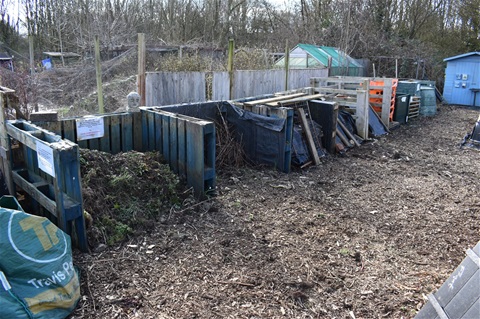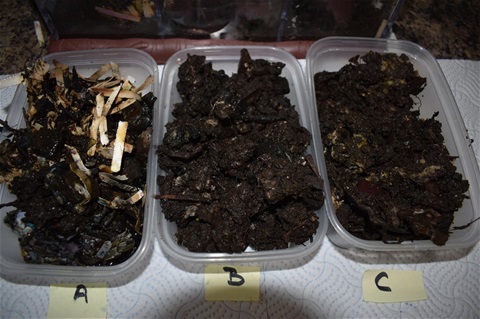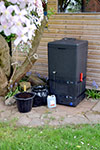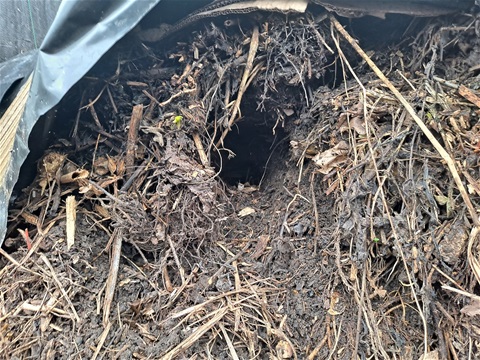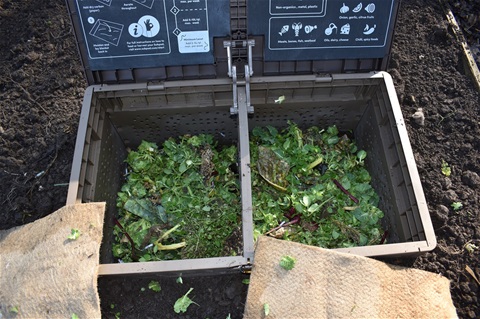Allotment Community Composting
Community composting covers a wide range of composting activities. An allotment community composting scheme which takes organic waste produced on the site and composts it for use on the site reduces the need to have bonfires, waste sent to landfill and can be used to make Society members more aware of the need to protect the environment and reduce global warming. Such a scheme requires little time. Our scheme takes less than 5 hours a week for a 60-plot allotment. and virtually no expenditure is required if pallet bins are used.
Unlike many Community Composting sites an allotment scheme which only composts waste generated on the allotments for use of the allotments does not result in a change of use, additional traffic, or a potential nuisance. And does not require planning permission. All that has happened is that most of the composting, which is a desirable and normal part of allotment gardening, is taking place at a central point rather than on each individual plot. However, it does require a permit under Waste legislation, but most allotment Community Composting groups will be eligible for a T23 Exemption Certificate (Aerobic composting and associated prior treatment) which will permit the composting of vegetation, cardboard, and food waste to produce compost. All exempt projects need to register their exemption with the Environmental Agency. This is free and may be completed online.
It is advantageous if the composting area is arranged so that material flows in one direction with a Clearly labelled Reception bay or bins at the entrance, followed by the sorting (and shredding) area. This are may include an area for killing perennial weeds by drying (we use a stack of 5 commercial bread trays) and drowning (a dustbin of water). The actual compost bins form the next stage. Banks of at least three pallet bins are recommended enabling the materials to be turned from one bin to the next. Using a bank of four allows the compost to be turned once a week for a month before being moved to a maturation area. Alternatively, several single bins, of at least 1cu metre, can be used where the materials are added in layers and left a year to decompose without turning .Additional storage near the bins may be required for additional browns e.g., cardboard, shredded paper or dried leaves, manure (if used as an activator), and bulking agent such as woodchip.
The final requirement is space for a sieving area and a collection point for the finished compost.
